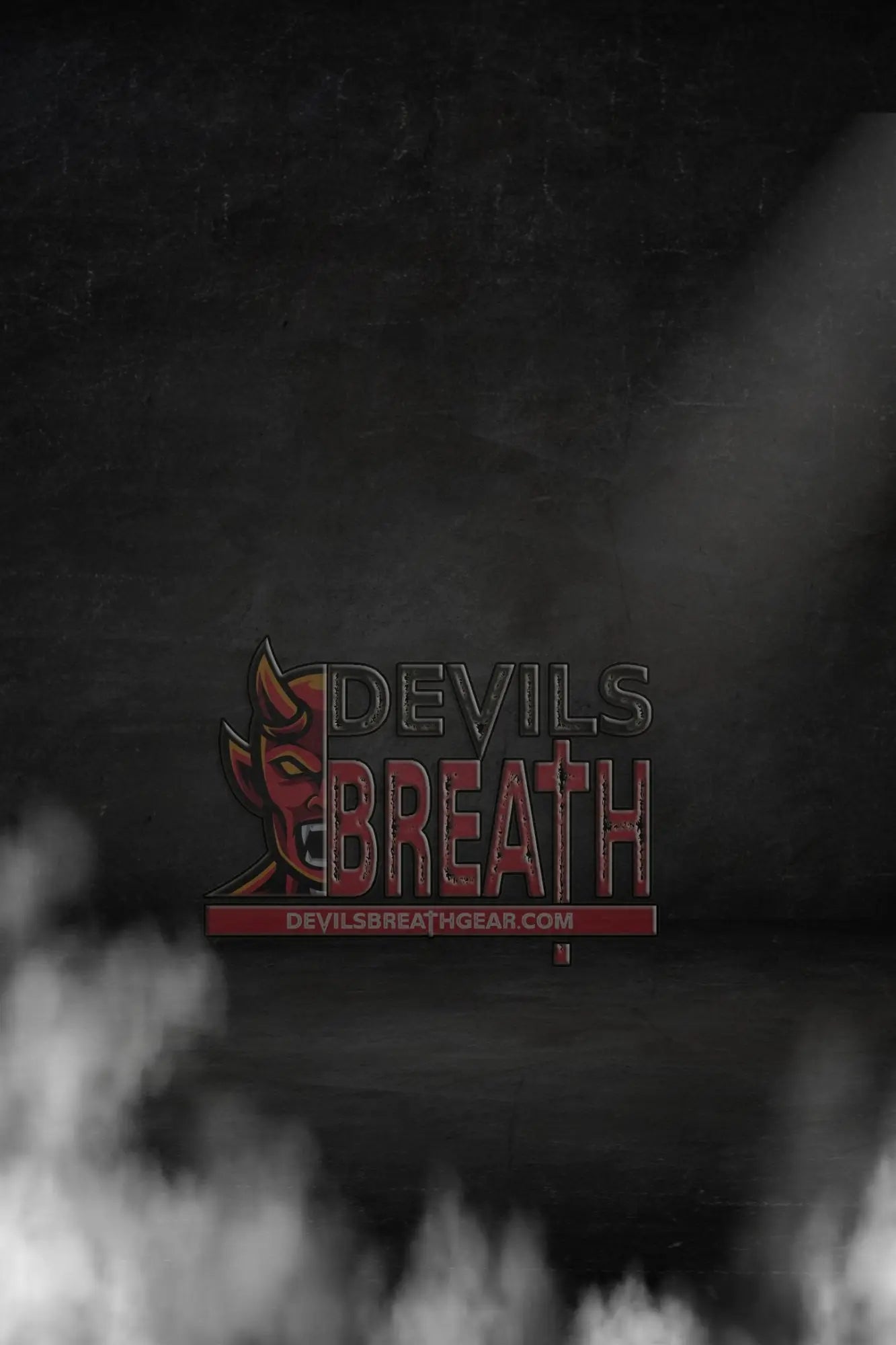
Smashing Through Strength Training Plateaus: Strategies for Continuous Progress
Share
As a strength trainer, you may face plateaus in your progress. Kiwi-Strength offers strategies to overcome obstacles and continue making gains.
Assess Your Program
The first step in overcoming a plateau in your current training program. Are you consistently challenging yourself with progressive overload? Have you been using the same weights and rep patterns for an extended period? Sometimes, even a small adjustment to your program can help you reach new levels of strength.
Consider incorporating periodization into your training. This involves cycling through phases of heavier, lower-rep work and lighter, higher-rep work to keep your body guessing and continually adapting. Alternatively, try switching up the rep ranges, rest periods, or exercise variations to shock your muscles and stimulate new growth.
Remember, your body is incredibly adaptive, so what worked wonders for you six months ago may no longer be enough to drive progress. Don't be afraid to experiment and find the right balance of intensity, volume, and variation to keep your muscles challenged.
Optimize Your Nutrition
Proper nutrition is essential for a successful strength training program. It is important to identify and address any potential deficiencies or imbalances that might be hindering your progress. Ensure you are consuming enough calories, prioritizing high-quality, nutrient-dense foods to effectively fuel your workouts and aid in recovery.
Pay close attention to your protein intake, as this macronutrient is essential for building and repairing muscle tissue. Aim for 0.7 to 1 gram of protein per pound of body weight, depending on your activity level and goals. Consider supplementing with a high-quality protein powder, such as Whey Isolate, to help you meet your daily protein needs.
Additionally, don't neglect the importance of carbohydrates and healthy fats. Carbs provide the energy your muscles need to power through intense training sessions, while fats support hormone production and overall health. Experiment with your macronutrient ratios to find the sweet spot that keeps you feeling energized and fueled.
Prioritize Recovery
Strength training is a rigorous activity, and adequate recovery is just as important as the training itself. Insufficient rest and recovery can lead to overtraining, severely hindering your progress and increasing your risk of injury.
Make sure you're getting enough high-quality sleep each night, as this is when your body does the bulk of its repair and recovery work. Aim for 7-9 hours of sleep per night, and consider implementing a consistent sleep routine to optimize your sleep quality.
In addition to sleep, incorporate active recovery activities, such as light cardio, stretching, or foam rolling, into your weekly routine. These low-intensity activities can help improve blood flow, reduce muscle soreness, and prepare your body for your next intense training session.
Don't forget to listen to your body and take deload weeks or periods of reduced training volume when needed. This allows your muscles to fully recover and replenish, setting the stage for your next phase of growth and strength gains.
Embrace Variety and Challenges
Monotony is the enemy of progress, so it is essential to keep your training fresh and exciting. To continually challenge your body and prevent adaptation, incorporate new exercises, rep schemes, and training modalities.
Consider adding compound movements to your routine, such as squats, deadlifts, and overhead presses. These multi-joint exercises engage multiple muscle groups simultaneously, resulting in greater overall strength and muscle development.
You can also experiment with different training styles, including:
- Tempo training: Focus on slow, controlled movements to increase muscle tension and time under tension.
- Eccentric training: Emphasize the lowering, or eccentric, phase of an exercise.
- Cluster sets: Perform multiple mini-sets with short rest periods to enhance time under tension.
These techniques can help you break through plateaus by targeting your muscles in new and innovative ways.
Embrace the Grind
Overcoming plateaus in strength training requires patience, persistence, and a commitment to hard work. There’s no quick fix or magic solution; it’s all about fine-tuning your program, nutrition, and recovery, then consistently showing up and putting in the effort.
Keep in mind that progress is rarely linear, and setbacks are a natural part of the journey. Embrace the grind, celebrate your small victories, and trust the process. With the right mindset and strategies, you'll break through those plateaus and reach new levels of strength in no time.
So, what are you waiting for? Head to Kiwi-Strength today to stock up on the gear and supplements you need to elevate your training. Let’s get to work!






